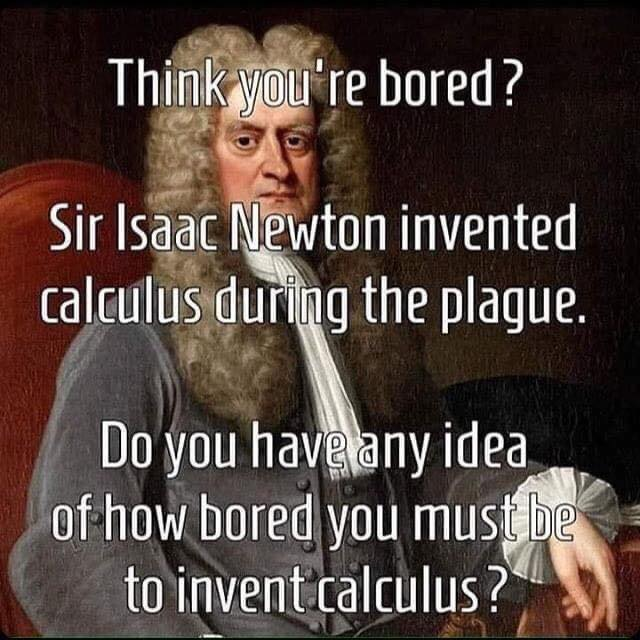

Tangent Planes and Linear Approximation Tangent Planes, Tangent Planes for F(x,y,z) = 0, Tangent Planes for z = f(x,y), Linear Approximation

The Chain Rule The Chain Rule With One Independent Variable, The Chain Rule With Several Independent Variables, Implicit Differentiationĭirectional Derivatives and the Gradient Directional Derivatives, The Gradient Vector, Interpretations of the Gradient, The Gradient and Level Curves, The Gradient in Three Dimensions Partial Derivatives Derivatives With Two Variables, Partial Derivatives, Higher Order Partial Derivatives, Functions of Three Variables

Limits and Continuity Limit of a Funtion of Two Variables, Limits at Boundary Points, Two-Path Test for Nonexistence of Limits, Continuity of Functions of Two Variables Graphs and Level Curves Functions of Two Variables, Domain and Range, Graphs of Functions of Two Variables, Level Curves, Functions of More Than Two Variables Planes and Surfaces Equations of Planes, Parallel and Orthogonal Planes, Intersecting Planes
#WHO INVENTED CALCULUS 2 SERIES#
use Taylor and Maclaurin series for approximation of functions and estimate the error.construct Taylor and Maclaurin series for a given function.find the radius and the interval of convergence of a power series, indicating at which points the series converges absolutely/conditionally.On succesful completion of the course, the students should be able to: This course provides the mathematical background for engineering students and is very important, for instance, for advanced courses on partial differential equations, probability and statistical analysis or numerical analysis. Power series, Taylor Polynomials, Taylor Series, Maclaurin series, Binomial series, Lines and planes, Functions of several variables, Limits and Continuity, Partial Differentiation, Chain Rule, Tangent plane, Critical points, Global and Local Extrema, Directional Derivatives, Gradient, Divergence and Curl, Multiple integrals with applications, Triple integrals with applications, Triple integrals in Cylindrical and Spherical coordinates, Line-, Surface- and Volume Integrals, Independence of path, Green’s Theorem, Conservative Vector Fields, Divergence Theorem, Stoke’s Theorem. The objective of this course is to introduce the fundamental ideas of the differential and integral calculus of functions of several variables. Calculus also provides important tools in understanding functions and has led to the development of new areas of mathematics including real and complex analysis, topology, and non-euclidean geometry. Its use is widespread in science, engineering, medicine, business, industry, and many other fields. Nowadays it is a tool used almost everywhere in the modern world to describe change and motion. Calculus was first invented to meet the mathematical needs of scientists of the sixteenth and seventeenth centuries, needs that mainly mechanical in nature.


 0 kommentar(er)
0 kommentar(er)
